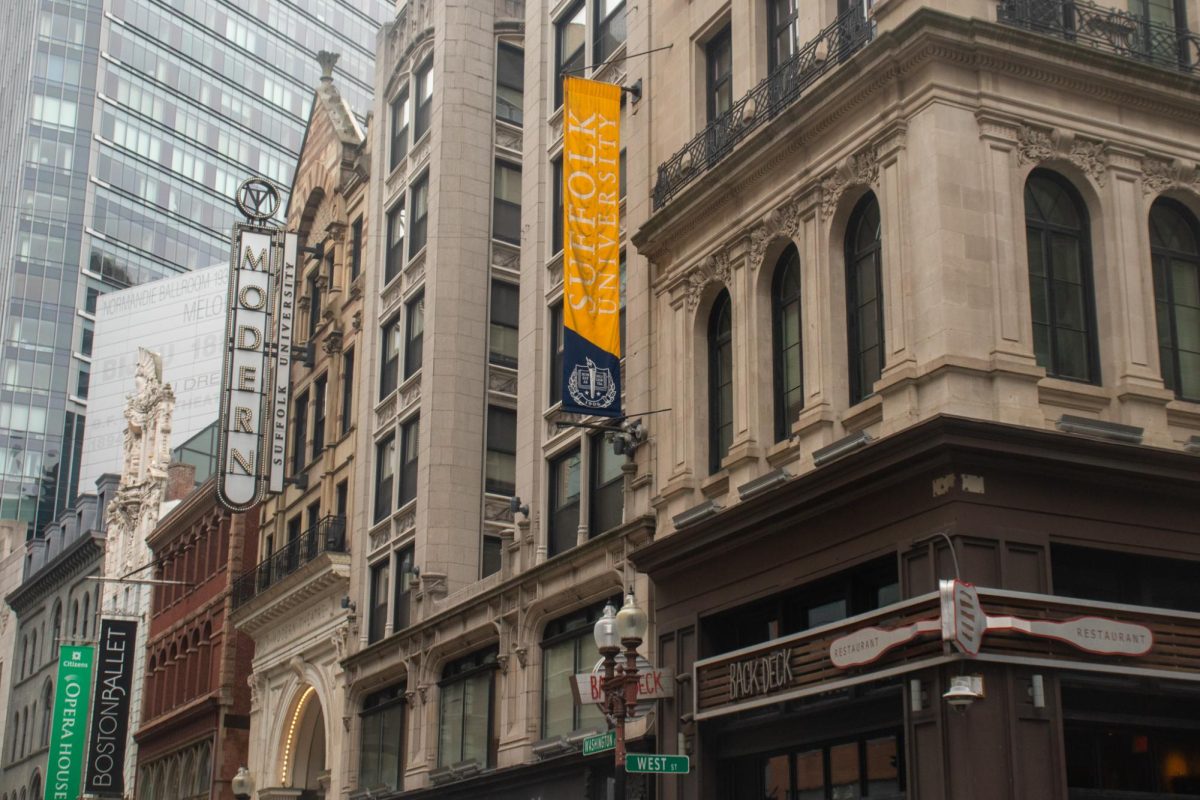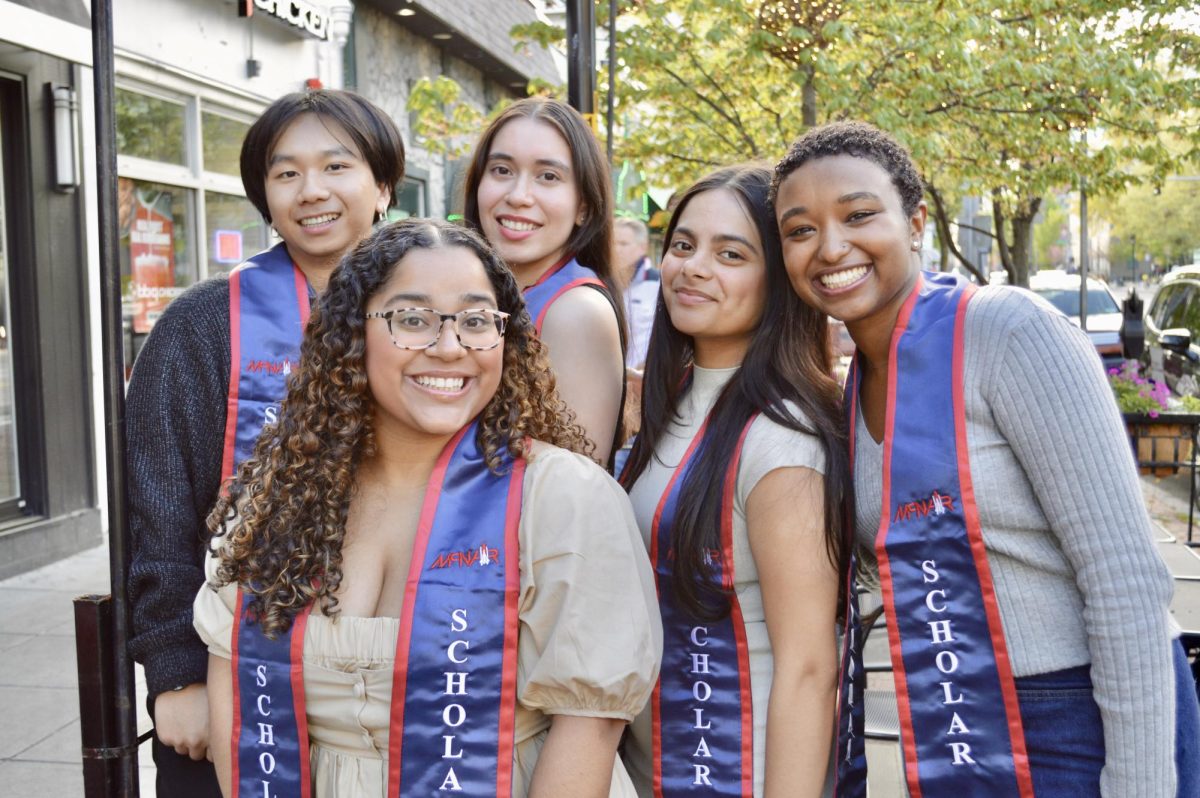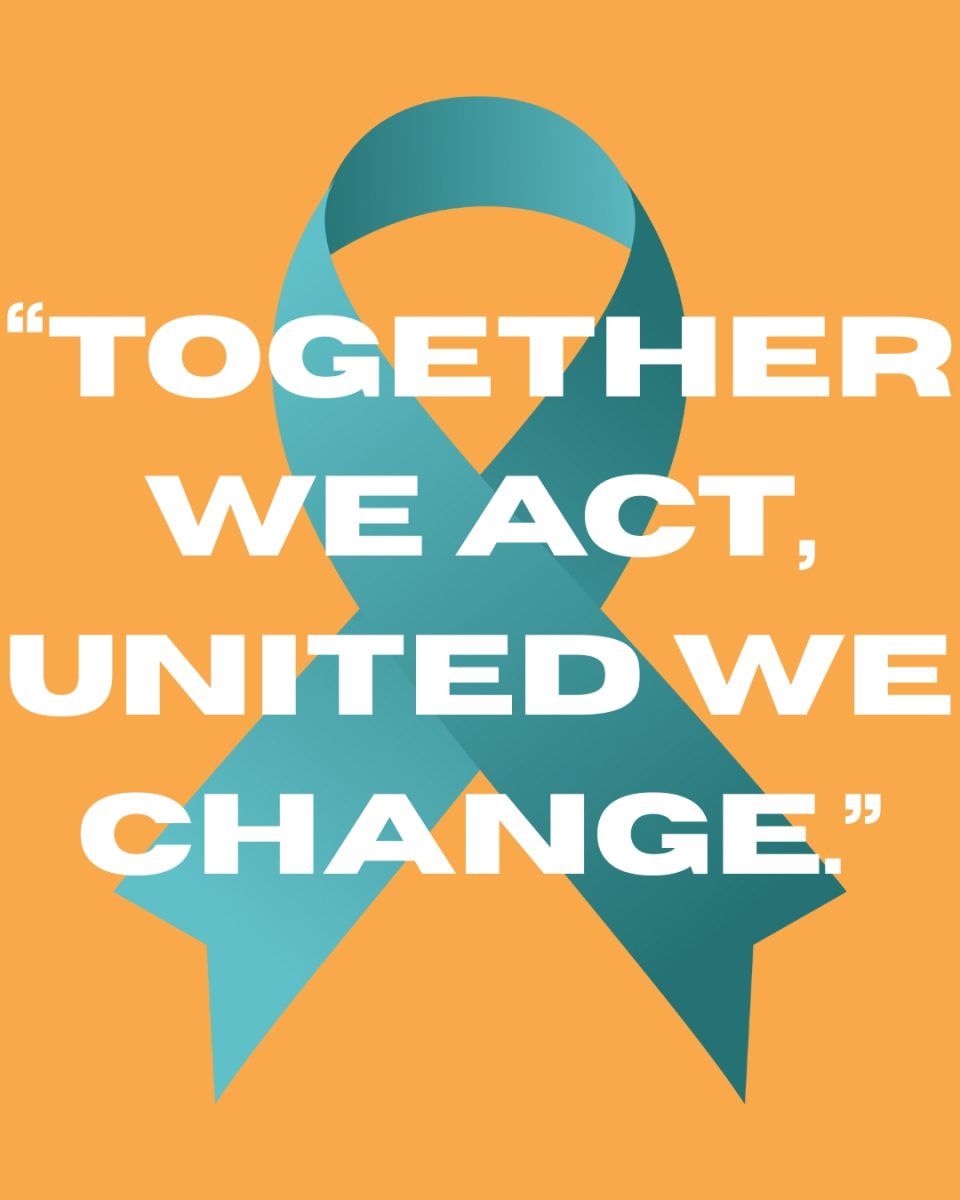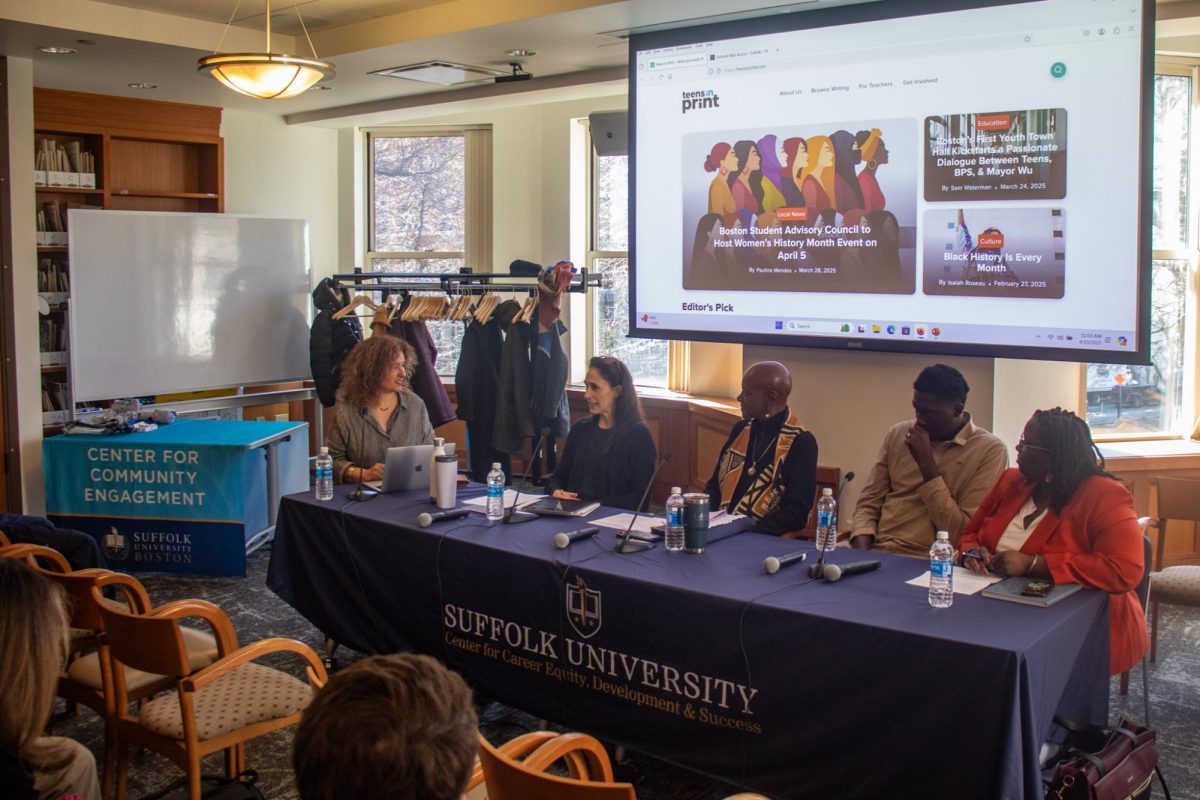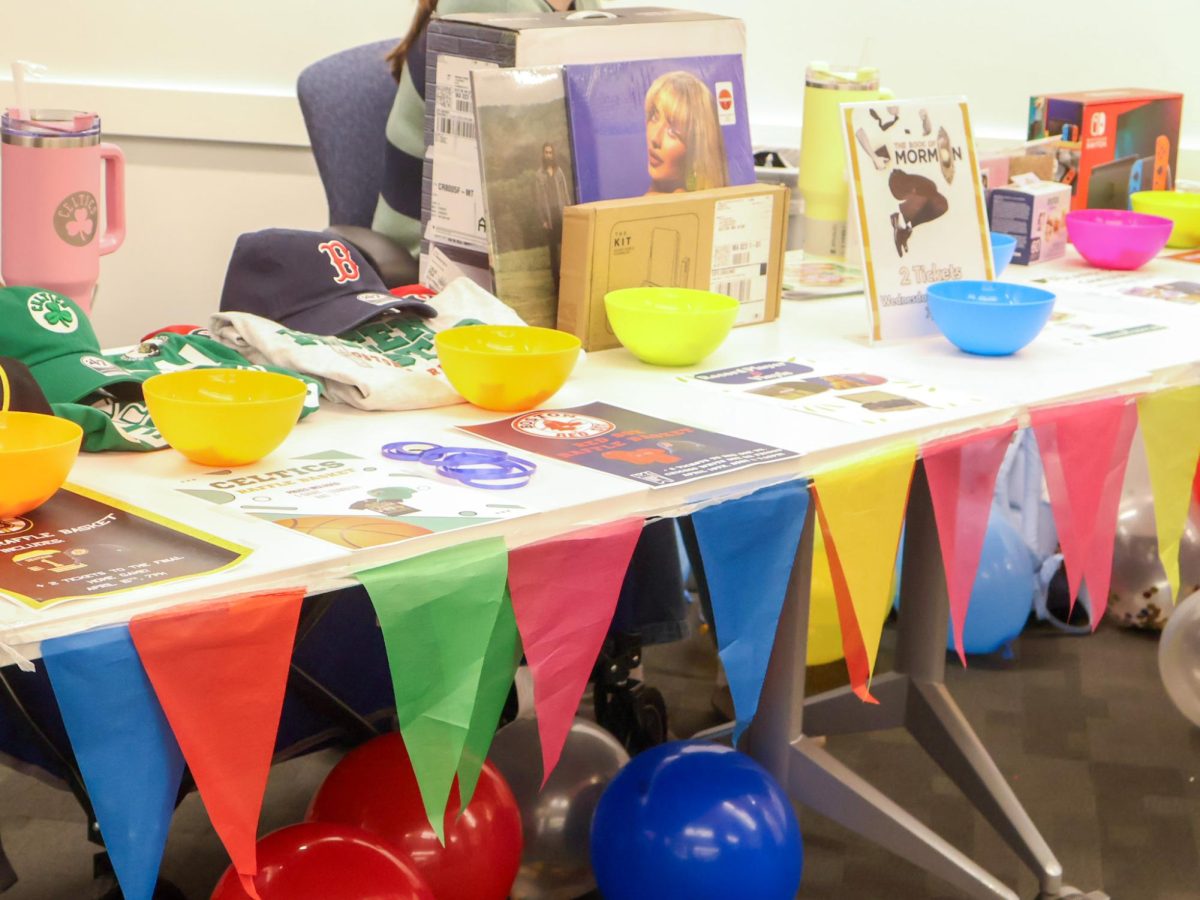By Patricia Negrón
As the Netflix original “Orange is the New Black” gains popularity, some former incarcerated women are trying to fight back and give audiences a reality check. Suffolk students and professors gathered at the C. Walsh Theater on Thursday to hear their stories.
Representing characters from the series were Beatrice Codianni, known as “Esposito,” and Carol Soto, known as “Yoga Jones.” The women shared their thoughts on the show, which is loosely based on a book written by author Piper Kernan.
Andrea James, founder of Families for Justice as Healing, brought her expertise to the conversation and made it clear that the discussion in no way reflected Kernan’s work.
“We love Piper,” James said. “We want to be very clear about that because we are very outspoken, unapologetically, against the series ‘Orange is the New Black.’ But we want to state here and everywhere we speak that we love Piper.”
According to Codianni and Soto, the show has skewed the story depicted in the book, misrepresenting incarcerated women’s reality in order to get more ratings.
“We organized this panel because we realized that the television hit ‘Orange is the New Black’ has raised public interest in the plight of incarcerated women at the same time as it has sensationalized and sexualized their actual experiences,” said Susan Sered, a Suffolk sociology professor.
Sered described the difficulties incarcerated women face, like being shackled while giving birth and being forcibly separated from their children.
Mourning while imprisoned is another hard aspect. According to Codianni, a woman who was granted permission to go to her brother’s wake was denied at the last moment due to a change in transportation: after applying for permission, licence plates no longer matched those previously used.
Sered also explained that in Massachusetts, some county jails do not house women, which leads to nearly 60 percent of women who are sentenced to a minimum security facility instead serving that time in a maximum security facility, compared to 1 percent of men.
Soto said she disliked most of the series’ depiction of women’s prison, especially the implication that her character had supposedly killed a child defending her marijuana plants and that she doesn’t know how to do yoga, both of which are false.
She also spoke out against the notion that prison is meant to reform people.
“Let’s be real: the U.S. prison system is a form of social control in an incredibly corrupt society,” Soto said.
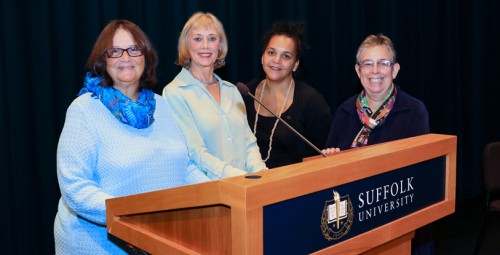
The women attempted to correct as many of the erroneous ideas people have of prison as they possibly could. One of the first myths mentioned was visitation rights, which according to Codanni are not “cozy” like in the series.
“Visiting rooms in prison are hellish because there’s young children who want their mom home now. They don’t know why she can’t come home, so there’s a lot of tears both from the kids and fathers and the women themselves,” she said.
One of the bigger myths that they all protested was the notion that “cat fights” and divisions between incarcerated women are very common.
“There’s compassion; it’s not all about fights and women hating each other,” Codianni said. “Yeah, when you have a thousand women, there’s going to be people who have feuds. But the solidarity, the compassion women have toward each other, is amazing, and I wish they would show more of that in ‘Orange is the New Black.’”
Another perception they corrected was the frequency of sex between incarcerated women. According to Codianni, women caught having sex face extreme measures like being sent to another prison, and since officers are always trying to catch them, it’s not easy to avoid punishment.
“I’m angry at the series for showing what, for everyone in Danbury was an extremely painful situation, as an opportunity to have sex in the showers,” Soto said, referring to the Federal Correctional Institution of Danbury.
The panelists all mentioned the war on drugs in their speeches, clarifying that it is a failed war and that it disproportionately targets the poor, especially those of color. This leads to higher incarceration rates of minorities and is becoming a bigger problem for impoverished women of color as the rates of incarcerated women keep rising.
“We don’t target the drug war communities like Newton [Mass.],” James said. “We don’t target the drug war in more affluent communities of this country where there is just as much, and more, drug use and drug sales going on.”
Another point they made regarding war on drugs is that most offenders are imprisoned for drug-related crimes, and they are not violent or a threat to society.
“It’s very important to remember that the biggest crime is the criminal law,” Soto said. “Making a public health problem into a crime is wicked.”
The panelists made sure to stress the importance of restructuring the prison system in the U.S.: “Poverty, trauma, and things that aren’t criminal justice issues, like the illness of addiction; they are issues that are public health issues,” said James, pointing out the many problems.
“We have gone down a slippery slope in this country where we have criminalized poverty and addiction, and that’s what’s criminal.”



